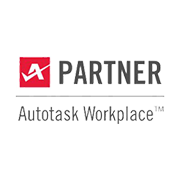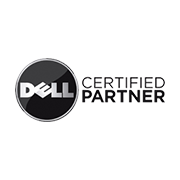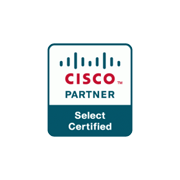Check Out These Pros and Cons First.
Many of today’s business owners have decided to move their IT infrastructure to the cloud. In a large company, the number of services and workloads can be staggering, making the transformation a hugely complex procedure. Even in smaller businesses, there are pitfalls to be aware of. If you know about these before you begin, then you can avoid some costly mistakes.

Remember that all clouds do not have silver linings. Some are just big ole thunderclouds that are about to dump 10 inches of rain on your parade. If you understand the issues and complications that can crop up, then you can bring your umbrella and escape getting all wet. If not, you may be in for some rainy days ahead.
What are the benefits?
Migrating to the cloud can deliver some “big-company benefits” that small businesses need these days in order to compete in the global marketplace. However, as many business owners have learned, there can be security issues, unexpected costs, and other snafus. The most successful cloud migration approach involves careful planning. It’s often a great idea to engage with some experts in cloud technology to help you. These experts understand what’s required and they’re familiar with cloud best practices. They can help you optimize the migration process.
You also need clear heads who can keep you on the right road. Why are you moving to the cloud? Most business owners will answer that they’re hoping to reduce their infrastructure costs. That’s a good reason and the primary motivation behind most moves. The problem is that somewhere during the move, it’s easy to lose sight of these basic fundamentals. Cost reduction does occur for most companies but it’s not a guarantee.
If the process is carried out incorrectly and/or the wrong cloud management maturity roadmap is followed, you could wind up in a ditch instead of on cloud 9.
The hybrid infrastructure strategy
Digital transformation and hybrid architecture – these are terms that many business owners struggle with. Though you’re probably an exceptional CEO, manager, or small business owner, if your expertise is not in the realm of Information Technology, hire a pro. In the midst of moving to the cloud, you need to know that everything is being done according to best practices. The diverse environments of infrastructure and operations (I&O) present numerous challenges.
Before you move everything to the cloud, consider the following:
- The full cost of this process including hidden expenses
- On-premise vs. public cloud
- The security of your data
- Bandwidth availability
- Ownership of the data
- Availability of moving the data
- Developing a multi-year strategy that includes ongoing ROI
The cloud roadmap
In order to seamlessly migrate your physical infrastructures to private, public, and multi-cloud environments, you must first decide which services and applications are best suited for the cloud. Not every application is a good fit for the cloud. A good operational model will help your select the right services and apps based on their unique requirements. In other words, you need a good solid roadmap that outlines what will be moved, when it will be moved, and whether you have the right security to protect all your data throughout the process.
This is especially important in industries where compliance is a factor, such as the healthcare industry. One HIPAA violation can be expensive but a good IT specialist will make sure that all data both in and out of the cloud is well-protected.
Assess the risks
Begin your cloud journey with an assessment of your current business network and IT technology. Include your current resources, along with the maturity of your processes and people. Consider these questions:
- Which services and applications can best benefit from migrating to Azure, AWS, or other cloud platforms?
- How will you manage third-party vendors to prevent data leaks?
- Do you have an IT team or outsourced IT provider with the right experience for this job?
- Should you migrate everything at once or do it in stages?
- Have you considered whether your new cloud environment is viable for both the short- and long-term?
- Can your new cloud infrastructure support growth?
Hybrid infrastructure offers unique benefits to business owners. But it’s not a solution that will fix every IT problem you have. Instead, it’s more of a strategy for ensuring that your business can compete in a global marketplace.
Cloud solutions and hybrid architecture aside, no one can predict the future. But it’s a good bet that cloud technology will evolve rapidly and your new cloud solution should be able to grow right along with it. That means flexibility. And, it should continuously assess your network security and compliance to relevant regulations. One single data breach these days can cost a million dollars.
What to do next
Before you take the next step, it can be highly beneficial to engage with cloud experts who have completed this journey for other companies. When you work with experienced professionals, they’ll guide you down the right path. As you move your applications and services over to the cloud environment, they will advise you every step of the way.
This can eliminate a lot of the worry and stress, plus it usually helps you to complete the process without wasting precious time, money, and resources. Know where you’re going before you begin your journey and the cloud transformation can be an exciting new adventure for your business.






















